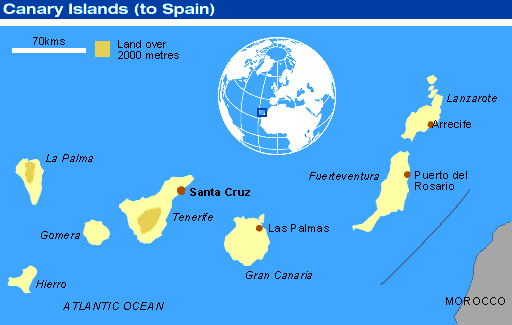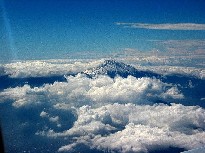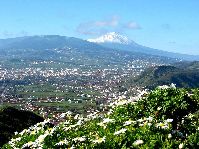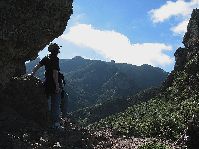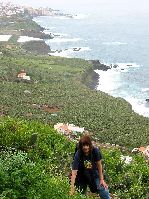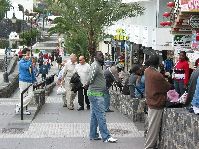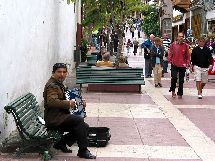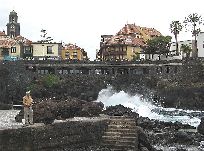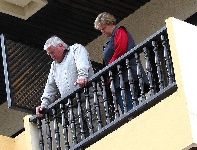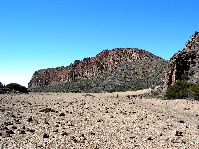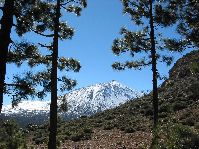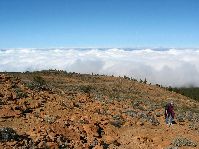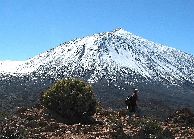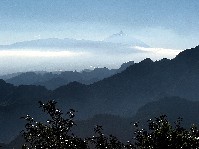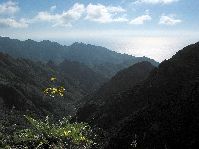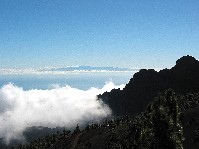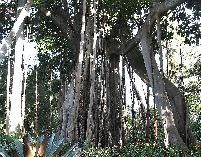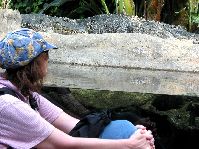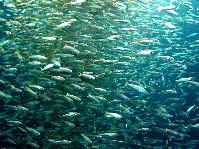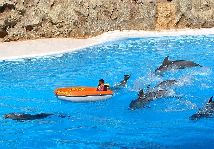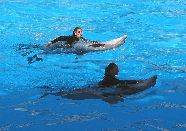Tenerife has everything: High mountains, beaches, an abundance of flowers, desolate, rocky landscapes over 2.000 meters, hidden gorges only accessable to trekkers, just to mention the headlines. Once you have visited the island, it's very easy to find good reasons to go back and explore some of the landscapes you didn't see the first time.
I visited Tenerife the first time in January 1967. Since I am an incarnated trekker, I defined the main purpose of my visit to be the climb of the volcano Pico de Teide, Spain's highest mountain (3.718 meters). At that time, no cablecar was available, so I did the climb alone from the bottom of the huge crater Las Cañadas at an altitude of about 2.000 meters, not meeting anybody during the ascent. Although the trip only took one day, it became one of the favourite treks of my life. My first encounter with a real volcano, the incredible landscape around it, the great views of Tenerife and the neighbouring islands from the top - everything really impressed me.
I have never climbed Teide ever since, but during the following years, I have seen it several times from the air, the sea and the land. In February 1987, I brought my own bicycle to Lanzarote and spent 2 weeks biking around on Lanzarote and the neighbouring island Fuerteventura. At new year 1987/88, I arranged a trekking holiday for another 2 weeks with some of my friends to La Gomera and La Palma - and in February 2004, I landed on Madeira and Tenerife on my way to Gambia and Senegal in West Africa. In this way, Tenerife and Pico de Teide have played a central role in my travelling and trekking experience.
The last time I visited Tenerife was in January 2006. Much has changed since 1967, especially the number of tourists, which has exploded during the years. However, there is still an unending source of weird and wonderful countryside to explore. If you like beautiful nature and are looking for the soul of Tenerife, you should stay at the north coast. Puerto de la Cruz in the Orotava Valley may be a good choice. There are plenty of tourists, and rain and clouds may occur in winter, but compared to the southern part of the island, this town is not just another tourist trap. It's a real town, it has a local atmosphere, and it's surrounded by beautiful nature. And if you like walking, the bible is the last edition of the book "Landscapes of Tenerife" by Noel Rochford (Sunflower Books). It has very detailed and informative descriptions of several walks all over the island.
The Canary islands are a great place to stay on all times of the year, but especially the winter is attractive to tourists because of the pleasant climate compared to the rest of Europe. In fact, I have visited all The Canary Islands apart from
Gran Canaria and El Hierro, and it definitely isn't the last time I go there. I hope that the photos below will reflect some of my enthusiasm.








